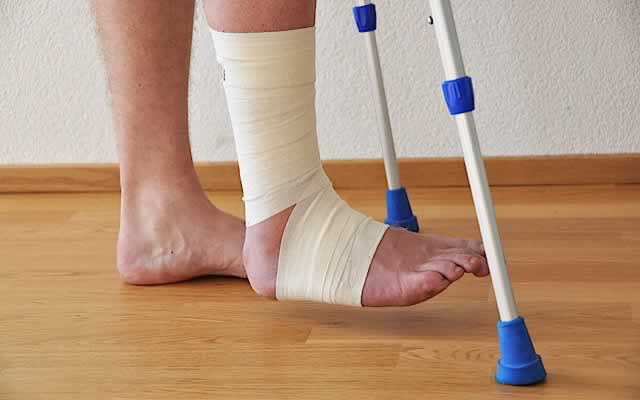How To Recognise Signs Of A Stroke
In the unfortunate event that a stroke occurs, knowing the signs and symptoms can not only save someone’s life, also minimize the effects of the stroke if recognized early on.
There are specific signs and symptoms that may occur when someone is having a stroke.
1. In both men and women, sudden numbness in the face, leg, arm, which occurs predominantly on one side of the body.
2. Sudden onset of confusion.
3. Sudden onset of difficulty speaking or not making sense when words are spoken.
4. Sudden onset of difficulty seeing in both eyes or in only one of the eyes.
5. Sudden difficulty with walking, balance, as well as difficulty with keeping coordination.
6. Sudden onset of a very severe headache without a prior history of migraines or of such headaches previously.
If you or someone you know are experiencing any of these symptoms, call 911 immediately. When treating a stroke, time is of the essence to preserve and hopefully negate the brain damage that a stroke can cause. If treated promptly, there are many cases of strokes that though critical in nature, the after effects are eradicated or lessened significantly due to obtaining prompt medical care.
There is a guideline below, which can save not only another person’s life, but maybe also your own.
The acronym FAST signifies a set of instructions that can reduce the horrible effects that can occur with a stroke. When patients receive medical treatment within three hours of experiencing stroke-like symptoms, the percentile of improved recovery significantly increases.
There is a very simple, as well as effective test to evaluate if someone is possibly having a stroke.
1. F for face: Look at the person in question and ask them to smile. Is the smile equal on both sides of the face or is one side dropping? If it is yourself experiencing symptoms, look in a mirror and smile.
2. A is for arm. Ask the person to raise both arms in the air at the same time. Are they able to lift both of then equally or does one of the arms tend to drift downward? Again if it yourself, attempt to do the same test.
3. S is for speech. Ask the person in question to talk to you. Is their speech crisp and clear or does it sounds distorted and difficult to understand? Do they make sense when they are speaking? Are they answering the questions correctly? This may be difficult to do if you are the person experiencing symptoms.
4. T is for time. There is no time to waste when there is a chance of someone having a stroke. It is better to play it safe and call 911.
Many people worry that they will look foolish if they go to the hospital and the doctors discover there is nothing wrong with them. This is highly discouraged and again, if someone you know or even yourself begins to experience any of the aforementioned symptoms, without hesitation call 911.




